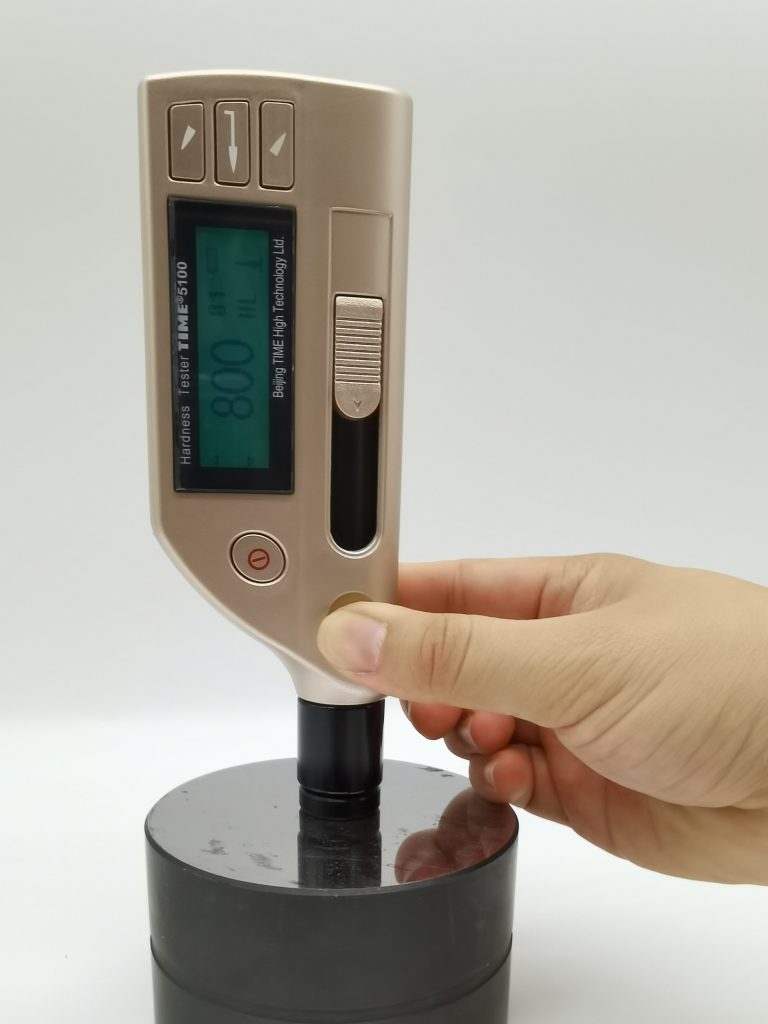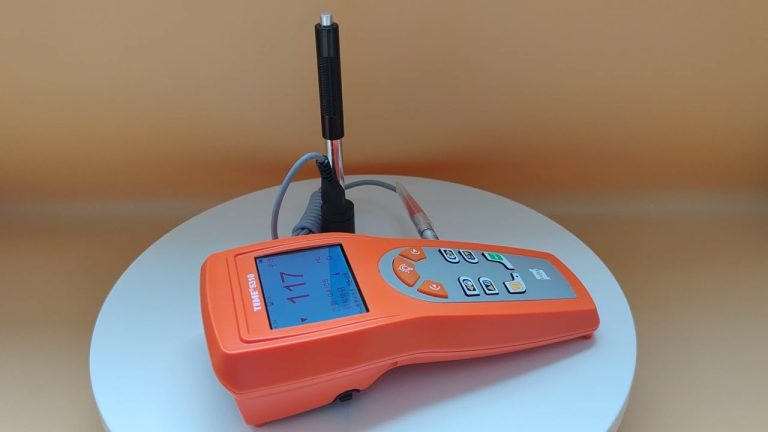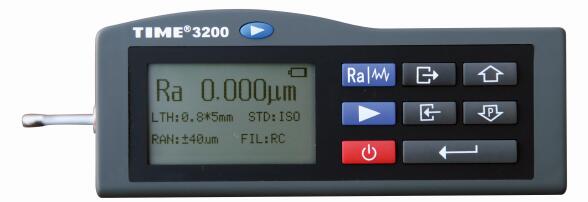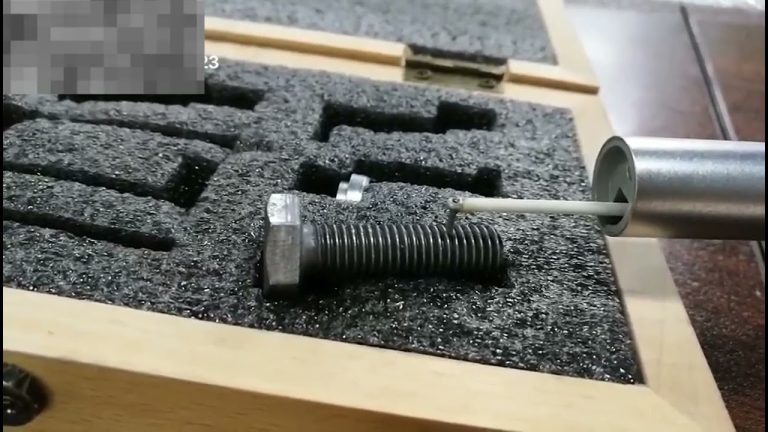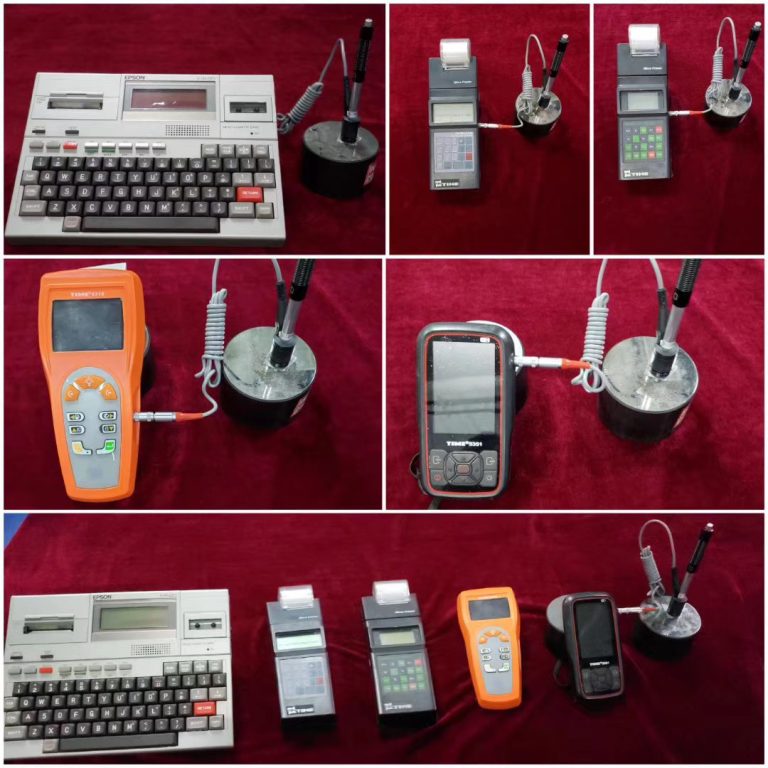Hardness testers are commonly used testing equipment in many industrial fields. They are used to measure the wear resistance, hardness and other important physical properties of materials. In recent years, with the advancement of technology, portable hardness testers have been widely used. This type of equipment is lightweight, easy to operate, and can be easily applied to a variety of materials and scenarios.
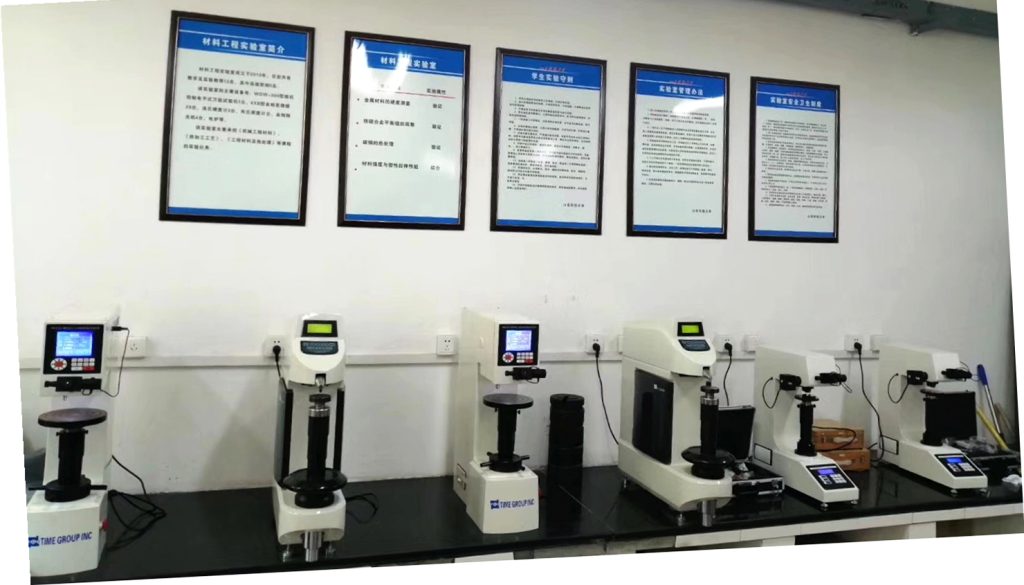
However, when choosing a portable hardness tester, you need to make a choice based on your specific application needs. This article provides a detailed analysis from multiple perspectives such as detection targets, detection technology, and external interference factors, and matches corresponding hardness testing solutions for different scenarios to help you get twice the result with half the effort.
Before deciding to use a certain hardness tester and testing method, the application environment must be analyzed. The main variables present in the test need to be evaluated to determine which hardness tester has the least impact on the test results. Additionally, the need for electronic documentation and requirements for test surface indentation need to be considered in advance.
In most cases, reliable test results require that the indentation size is significant compared to the microstructure of the material. Therefore, when testing coarse-grained materials, Leeb hardness testers with larger indentations should be considered first, rather than Vickers hardness testers or Rockwell hardness testers, because their indentations are relatively small, which also means that the latter two The product is more suitable for (but not limited to) testing of fine-grained materials and thin parts or metal sheets of various shapes and sizes.
When testing coarse-grained materials typical of forged and cast large components, the Leeb hardness tester produces larger indentations than other instruments, resulting in more consistent results.
However, for some applications, such as testing in a small area of the heat affected zone (HAZ) to determine whether the welding process is correct, it is necessary to rely on smaller indentations produced by the Vickers method or the Rockwell penetration measurement principle. Here, the high hardness peak is mainly detected. If the rebound method is used, the large indentation may be affected by the weld or the base metal, so this peak may not be detected.


